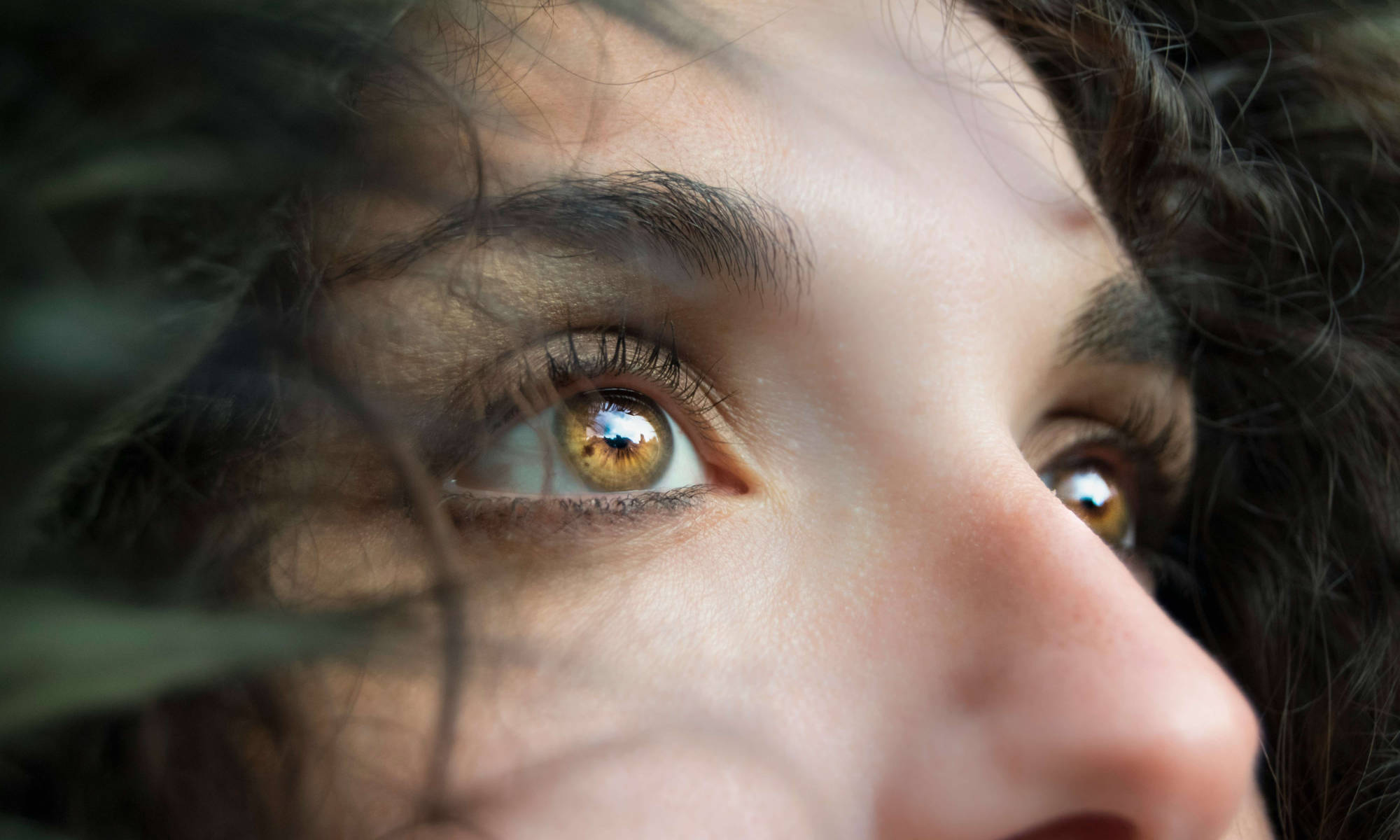
Shaping the future with shape memory polymer research
Ricardo Cardoza, a rising junior in mechanical engineering at the University of Maryland, Baltimore County, wanted a research experience that involved analyzing and testing materials.
He got what he was looking for at the University of Rochester when he participated in Advancing Human Health, From Nano to Network—a research experiences for undergraduates (REU) program—as a visiting student.
Cardoza worked in the lab of Mitchell Anthamatten, professor of chemical engineering, creating and characterizing glass-forming shape-memory polymers.
Shape memory materials offer unique characteristics. When heated above a given transition temperature, for example, they can be molded into a different shape. When cooled, they revert to their original shape. The estimated market for shape-memory polymers in the aerospace, automotive, healthcare and construction sectors is expected to grow to $3.4 billion by 2025.
In the biomaterials sector, stents, catheters, orthodontics implants, splints and many other devices could be made of shape memory materials. Small coils could be implanted, noninvasively, in collapsed form, and then triggered to open up once inserted.
The shape-memory polymers Cardoza worked with could be used as nanoscale stamps for micro-contact printing. These stamps have a pattern of curved features that can be temporarily flattened to pick up thin-film materials. When heated, the features revert to their original curved shapes, and this can release their “payload,” Anthamatten explains. One possible application: Low-cost and high precision fabrication of miniature OLED displays.
Cardoza’s project involved adding a “chain extender” to the polymers—in effect, lengthening of the cross links between molecules—then determining the affect on the polymers’ shape-memory capabilities. He used dynamic material analysis to determine the transition temperatures, as well as material testing simulations to measure shape-memory performance.
His lab experience this summer will benefit him in two ways. “Since I want to go on to graduate school, it’s vital that I get some research experience under my belt,” he says.
Moreover, he eventually wants to develop prosthetics, which involves testing various materials in order to create better artificial limbs.
“Even if I never use shape-memory polymers,” Cardoza says, “I now have experience working with different materials, and characterizing them, and I can definitely apply that in future research.”



